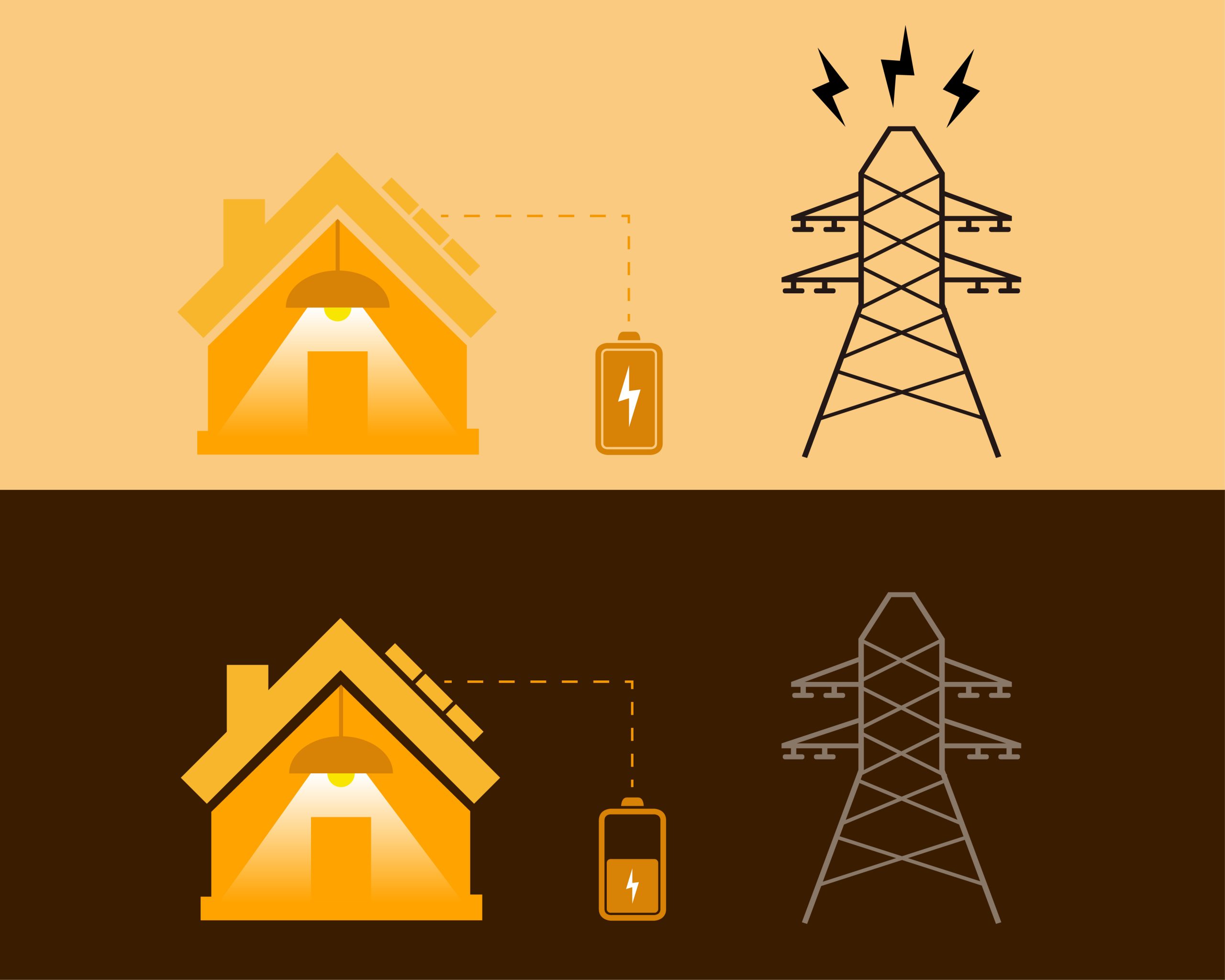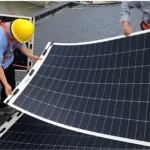
As the application of solar photovoltaic (PV) systems becomes increasingly widespread, the importance of ensuring their safe and harmonious operation with the grid is growing. One critical aspect of this safety is managing the so-called “Solar Islanding effect” – where a portion of the grid continues to be powered solely by distributed generators such as PV systems, due to grid faults or other reasons. While this situation may occur intentionally, it is more concerning when it happens unintentionally, as it can pose risks to the integrity of the grid and human safety.
Table of Contents
What is Solar Islanding and Solar Anti-Islanding?
What is Solar Islanding?
The solar islanding effect refers to the situation where home solar power systems continue to generate electricity even when the grid is down. While some may see this as a benefit because your home still has power from solar panels while others are without, it poses serious safety concerns when the solar panels feed power back into the grid while utility workers are attempting to repair it.
What is Solar Anti-Islanding?
Solar anti-islanding is a safety feature built into grid-tied solar power systems that shuts them down and disconnects them from the grid during power outages.
When someone mentions that their inverter is equipped with anti-islanding protection, it simply means that it has islanding detection (usually based on voltage and frequency detection) and can sense when the grid experiences a failure. This allows it to cease feeding power back into the grid and protect utility workers.
While anti-islanding solar inverters may seem like a minor detail, they are crucial because:
Solar anti-islanding ensures the safety of utility workers repairing the grid during power outages.
It safeguards the integrity of grid equipment.
It prevents damage to the inverter during islanding situations.
Grid-Tied Solar Vs. Off-the-Grid
The majority of households with solar panels remain connected to the grid, allowing them to draw electricity from the grid when their energy demand exceeds the output of their solar panels. In the event of a grid failure, solar panel systems are designed to automatically shut down to ensure the safety of utility workers who may be repairing damaged power lines.
On the other hand, if you completely disconnect from the grid, you’re essentially on your own power island. Your off-grid solar inverter operates independently of the grid. In the event of a blackout caused by a storm or other event, your solar power system will continue to operate and provide power to your home.
It’s important to clarify this distinction because many people mistakenly believe that solar power means going off-grid, which is often not the case. To truly go off-grid, you must generate 100% of your electricity without relying on the local utility-operated distribution system. This can be challenging to achieve because you still need electricity when your home isn’t receiving sunlight, necessitating a large backup battery system to store excess power.
What are the types of solar Islanding
Islands may be intentional, such as the deliberate formation of “power islands” during maintenance work, or they may be unintentional, usually accidental, caused by system failures or grid faults.
Solar Islanding Detection: An Essential Safety Mechanism
To detect and prevent unintentional islands, various anti-islanding methods have been developed, broadly categorized into passive methods, active methods, hybrid methods, and communication-based methods.
Passive methods rely on monitoring the grid parameters at the point of common coupling (PCC). These methods are cost-effective and straightforward to implement but have a significant non-detection zone (NDZ), where islanding phenomena may go unnoticed.
Active methods introduce small disturbances to the system to force the detection of islanding states. These methods are highly effective in minimizing NDZ but may introduce intentional interference, potentially leading to power quality issues.
Hybrid methods combine both active and passive approaches, utilizing passive detection as the primary means and active methods as supplementary checks when islanding is suspected. This approach enhances accuracy and reduces NDZ.
Communication-based methods involve real-time communication between the grid and distributed generators. While this method offers high precision, it typically incurs the highest cost due to the necessary communication infrastructure.
The Role of Technology and Standards
Modern photovoltaic inverters are equipped with anti-islanding features compliant with standards such as IEEE 1547 and UL 1741. These standards specify the response time and methods for inverters to cease supplying power to a disconnected grid, thereby preventing islanding phenomena.
Final thoughts
Despite significant advancements in technology and standards for managing islanding effects, innovation in this field remains ongoing. People continue to pursue more advanced detection methods to achieve the optimal balance between system reliability, cost-effectiveness, and compliance with regulatory frameworks. As solar systems become more widespread, the industry’s commitment to addressing islanding effects will remain a cornerstone of its integration into the broader energy landscape.







